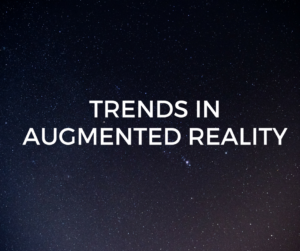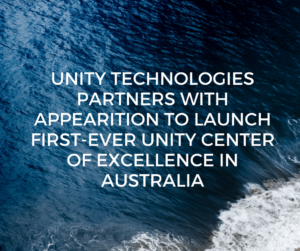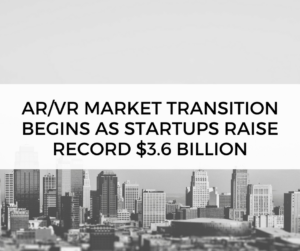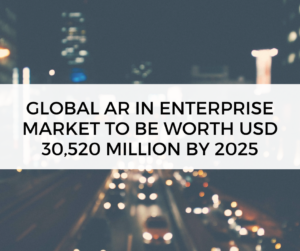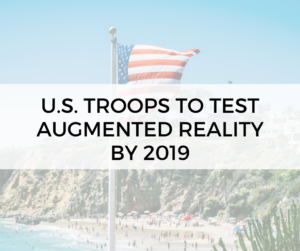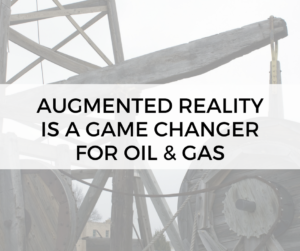New Innovation Lab for AR and VR founded by Universities in Bristol
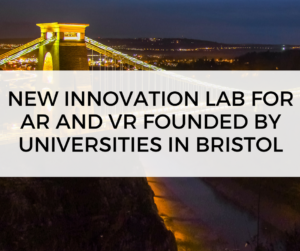
The Bristol VR Lab will enable small businesses and individual content creators to pool their collective skills and knowledge with researchers working on complex computer visualisation and VR molecular modelling to develop future products and services which will make the ones in Spielberg’s latest fantasy movie Ready Player One a reality.
A haptic chair that sends infrasonic vibrations through the body as you experience sound and motion in VR, developed by Dr Nick Inoue, to 360-degree 3D virtual tours founded by graduate Rachel Godfrey that aims to help people with autism break down perceptual and societal barriers are just two examples of the types of immersive technologies the Bristol VR Lab is creating.
Tim Bowles, West of England Mayor, said: “The Bristol VR Lab is a fantastic new facility for businesses and education providers in Bristol and the West of England. It will generate jobs, improve skills and accelerate business growth for creative content and technology companies. It will enable the early adoption of new immersive technologies and this will positively impact multiple sectors in our region. The West of England is already firmly established as one of the most significant and innovative digital tech centres in the world. The new VR Lab, along with the many other exciting tech innovations such as our 5G test-bed, will ensure our region continues to lead the way for years to come.”
Professor Nishan Canagarajah, Pro Vice-Chancellor for Research at the University of Bristol, added: “We are proud to be a founding partner of the Bristol VR Lab and look forward to collaborating with partners in the region to create a centre of excellence in VR and AR research and enterprise. It further cements our links with the creative tech ecosystem in Bristol, building on our work with Watershed through the Pervasive Media Studio and promoting enterprise through Engine Shed, and the development of the new Temple Quarter Enterprise Campus.”
The Bristol VR Lab is funded by £295,000 from the West of England Combined Authority and Local Enterprise Partnership. The award follows the news by the Government to establish a 5G test-bed in Bristol, which will drive forward new 5G business opportunities for the region and UK.
The official opening of the Bristol VR Lab follows a soft launch incubation period whereby 20 start-ups, supported by global giants including the BBC, Airbus and Microsoft, established a central hub in the city’s Leadworks building in Anchor Square.
The Lab’s aims are:
- To provide a focal point and convene knowledge around VR/AR;
- To accelerate commercial development by providing access to skills, resources and a supportive community network;
- To provide a common ground where academia and industry can co-design innovation, catalysing new insight and research activity;
- To highlight the cluster strength and position Bristol as a centre of excellence of VR/AR at both national and international level.
The full press release can be read on the University of Bristol’s website.

